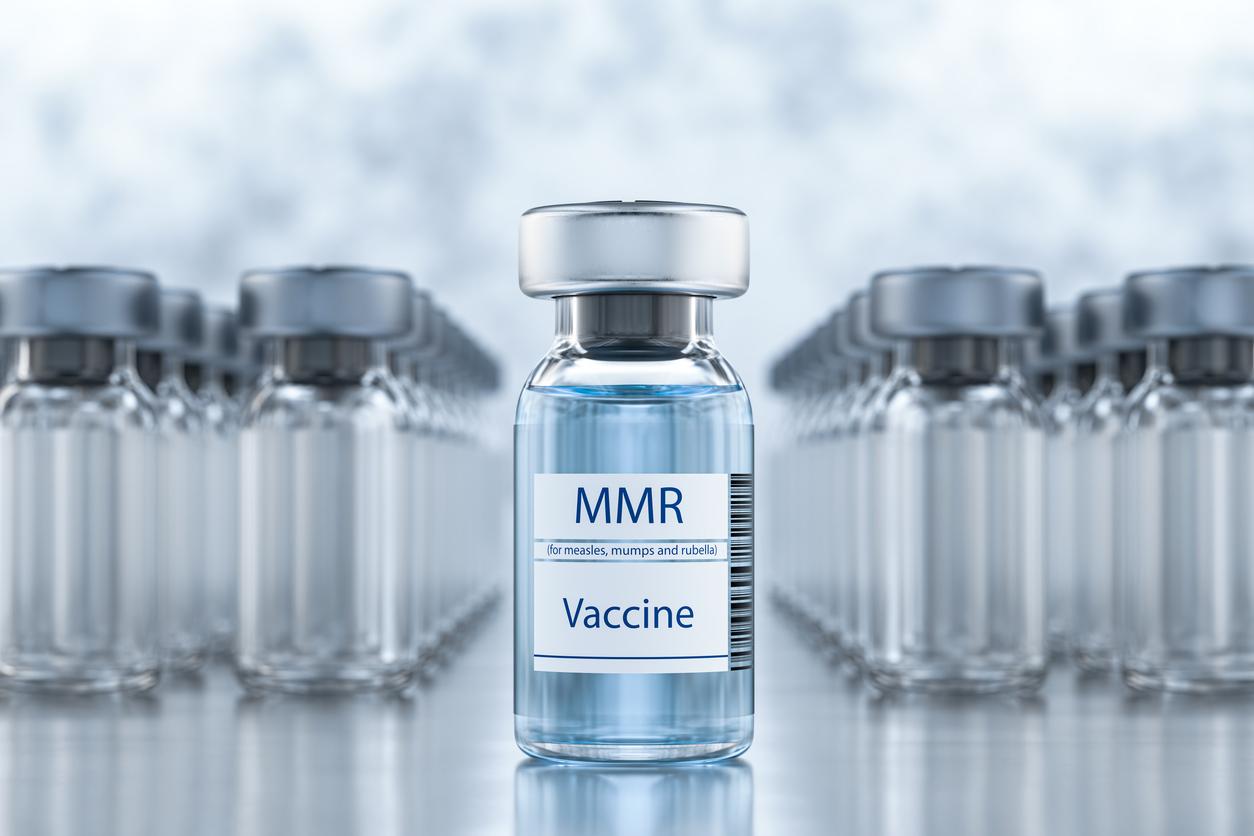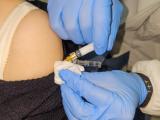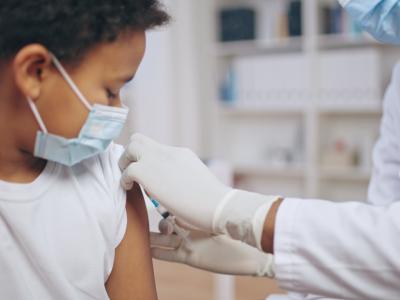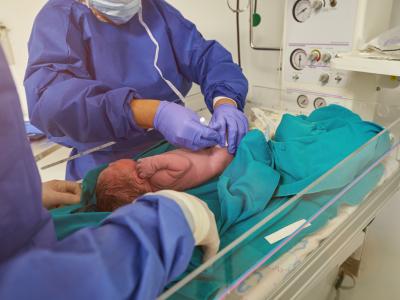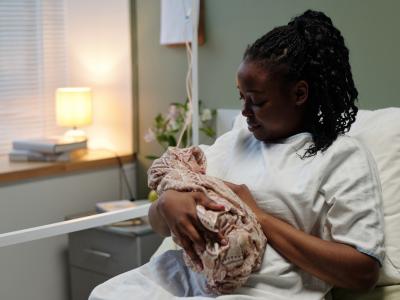The last meeting of the Centers for Disease Control and Prevention’s (CDC’s) Advisory Committee on Immunization Practices (ACIP) in June abandoned the use of its rigorous evidence-to-recommendation framework for making vaccine policy decisions, which structures decisions around key factors, including the balance of benefits and harms, the type or quality of evidence and health economic analyses, among other elements. The meeting also included new members making inaccurate statements about both vaccine safety and efficacy and included a presentation by a well-known anti-vaccine advocate that was filled with errors.
Now, the committee is set to include even more vaccine skeptics when it meets later this week, according to published reports, including multiple anti–COVID mRNA vaccine activists. (On Monday, the U.S. Department of Health and Human Services (HHS) confirmed five new ACIP members.)
ACIP meetings have always been treated by the press and the public as sincere efforts to present and discuss vaccine-related information in a public forum. But what happens when the exercise isn’t genuine, and is instead ideological? When it’s vaccine policy theater with the outcome already decided, instead of scientific discussion?
What can be asserted without vetted evidence can also be dismissed without evidence.
There is an axiom—updated in the early 2000s—that says that anything asserted without evidence can also be dismissed without evidence. For this week’s ACIP meeting, we can adjust that slightly to reflect our current situation: what can be asserted without vetted evidence can also be dismissed without evidence.
Before the next ACIP meeting, based on the agenda and reporting around it, the Vaccine Integrity Project thought it would be good to provide four helpful reminders.
1. VAERS data do not prove causation
The Vaccine Adverse Event Reporting System (VAERS) is an important tool to provide an early warning of a potential safety signal for a vaccine. You can think of it like mammography: You want a very sensitive test to detect any possible problem, and then you use a better test to rule out anything incorrectly flagged. VAERS was used to detect thrombosis with thrombocytopenia syndrome (TTS) related to the Johnson & Johnson (J&J) COVID vaccine, finding six instances of TTS out of 6.8 million doses administered.
But it doesn’t establish that a vaccine caused an adverse event. It simply tells researchers that an event needs to be investigated. It also points them to other data to look for corroboration, including Vaccine Safety Datalink and systems overseen by the Center for Medicare and Medicaid Services and Veterans Administration. For years, reports to VAERS have been misrepresented by vaccine opponents as proof of injuries, but causation requires investigation. It was proven in the case of the J&J vaccine and swiftly acted upon.
2. All evidence isn’t created equal
Given the documented anti-vaccine activism and checkered research credentials of a number of ACIP members, as well as the abandonment of the evidence-to-recommendation framework, claims and data presented by them should be viewed skeptically. That doesn’t mean that they should, in every instance, be immediately discounted, but it does mean that basic questions should be asked before taking anything they say seriously. For example: Is a cited study peer-reviewed and from a reputable publication? And if it was from a credible, indexed journal, was the study retracted? Have career CDC experts vetted the data to ensure their validity? In the case of the thimerosal presentation at the last ACIP meeting, CDC experts were prevented from seeing the evidence prior to presentation. The original version reportedly referenced a paper that doesn’t exist, and the presenter mixed up ethylmercury and methylmercury. (Ethylmercury is in thimerosal and is less toxic and different in structure, composition, and toxicity profile than the more toxic methylmercury; the body quickly processes ethylmercury so that it does not accumulate.)
Historically, the vetting of data presented at ACIP meetings was the standard. That’s why the committee was respected and maintained its scientific rigor. But in the current era—when members are paid witnesses in lawsuits against drug manufacturers, well-known purveyors of inaccurate vaccine information and have repeatedly misinterpreted and misrepresented vaccine science—vetted data is vital. Information that hasn’t been peer-reviewed or vetted for accuracy by career CDC experts and independent staff can be discounted.
3. Serious adverse reactions to the mRNA COVID vaccines remain very rare for kids, pregnant women, and everyone else
The Vaccine Integrity Project is working with a team of experts who recently screened the most recent literature, consisting of more than 17,000 scientific abstracts; reviewed 1,406 full articles; and extracted detailed data from 590 studies published since the last CDC review of COVID, RSV and flu immunization literature. They found no new significantly elevated safety risks from US-licensed immunizations. You can watch the review presentations, which cover pediatric, pregnant, and immunocompromised populations, here. (Soon, you will also be able to access all of the abstracts that were reviewed.)
What’s more, CDC experts presented a review of the COVID vaccines’ safety profile, which covered 114 scientific papers, at the June ACIP meeting. It included information about eight statistical safety signals detected in monitoring systems but concluded that only one well-known concern—myocarditis, particularly in young adult males, which can be mitigated by spacing out the first two doses of the vaccine—was connected to vaccination. There was no clear or consistent evidence of safety concerns for the others (slide 21 in the presentation linked above).
4. What’s old isn’t new again—it’s still old
There are two combination vaccines for measles: measles, mumps, and rubella (MMR) and measles, mumps, rubella, and varicella (MMRV). The latter, licensed in 2005, was meant to reduce the number of injections, improve vaccine coverage, and increase convenience by adding the varicella (chickenpox) vaccine to the already co-formulated MMR vaccine.
But two and a half years after its introduction, in a public meeting in February 2008, the ACIP reviewed preliminary post-license data for children 12 to 23 months old, showing a twofold increased risk of febrile seizures associated with its use. (There was no increased risk for older children.) Carefully attuned to this potential adverse event, the ACIP took the proper and swift action to update its guidance at the time to remove the population preference for the MMRV vaccine.
In June 2009, ACIP recommended the separate administration of MMR and varicella vaccines for children 12 to 47 months old, unless a parent expresses a preference for the MMRV vaccine. Physicians are also encouraged to discuss risks and benefits with caregivers.
So that’s that, right? The risk has been discussed and mitigated, and parents are empowered to make a decision about what’s right for their child. (Of note, occasionally parents still prefer the MMRV to avoid another shot in their child; they have that choice.)
Not for this ACIP. Consistent with its focus on vaccine risks but not the benefits, new members of the ACIP raised febrile seizures again in their June meeting, even though there was no new data. Now, members are set to vote on MMRV when they meet later this week, but again, there’s no indication that there’s new evidence requiring new guidelines.
There’s no indication that there’s new evidence requiring new guidelines.
It's hard to see the goal for this discussion other than alarming the public (seizures is a scary word!), limiting vaccine access and putting greater focus on and generating more public conversation about vaccine safety, even when the plan for the MMRV vaccine was settled more than a decade ago.
The bottom line
The bar for limiting access to proven vaccines with good safety records needs to be high. Allowing it to be limited based on anecdote, whim, or flawed research is reckless and irresponsible and will put lives at risk.
Vaccine Integrity Project Viewpoints are authored by project staff and advisers. They are intended to address timely issues regarding vaccines with straight talk and clarity by presenting facts to counter falsehoods.
